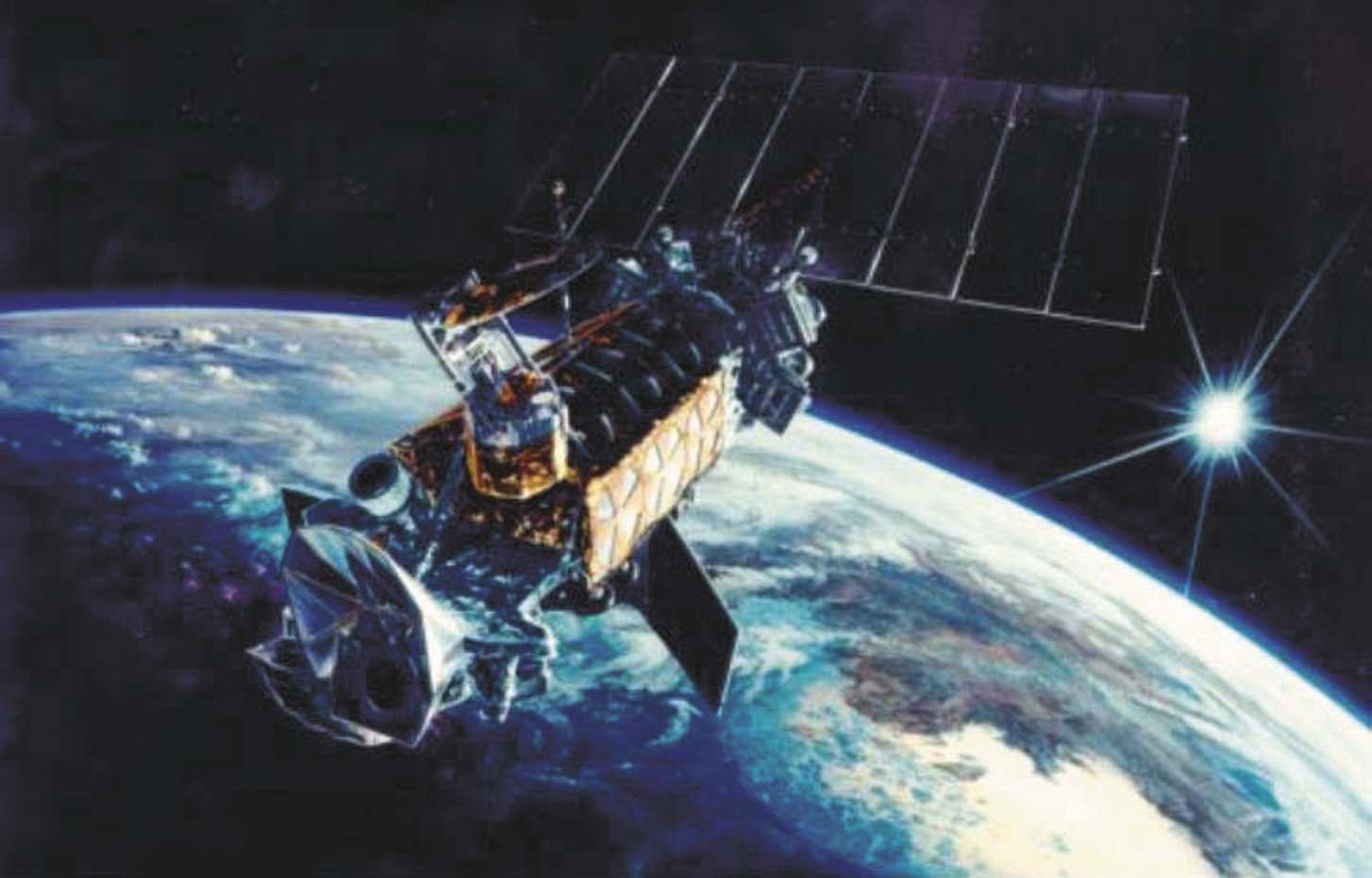WASHINGTON — The U.S. Space Force on Tuesday morning launched an experimental weather satellite, part of a push to improve its on-orbit weather forecasting capabilities.
The satellite flew on a SpaceX Falcon 9 rocket as part of the company’s Transporter-6 mission, which carried 114 payloads to orbit from government and commercial customers. Built by Louisville, Colo.-based Orion Space Solutions, the satellite will support the Space Force’s Electro-Optical/Infrared Weather Systems program, demonstrating emerging space weather imaging technology.
The EWS spacecraft’s sensor is designed to provide military users with better weather forecasting and monitoring capabilities. Data collected from the demonstration will inform the service’s future electro-optical infrared weather constellation, set to replace its legacy constellation, the Defense Meteorological Satellite Program.
“If successful, this will provide an innovative option to deliver space-based environmental monitoring data to the warfighter at an operationally relevant speed,” Lt. Col. Joe Maguadog, EWS materiel leader and program manager, said in a Jan. 3 press release.
The demonstration is scheduled to last at least a year, and the service expects to begin collecting data from the spacecraft early this year.
Along with Orion’s demonstration satellite, General Atomics is designing a second EWS sensor prototype, which is scheduled to be delivered by 2025. The spacecraft will have a three-year mission life and will not only demonstrate space-based weather imaging technology but will provide an initial replacement for DMSP’s weather imaging and cloud characterization capabilities.
The service expects its three remaining DMSP satellites will run out of fuel by 2026. EWS satellites will fill a portion of that impending capability gap along with the Weather System Follow-on Microwave program, which is slated to launch the first Ball Aerospace-built satellite later this year. The service is also exploring options to buy weather data directly from commercial companies.
The Space Force requested $96.5 million in fiscal 2023 for EWS to fund the first demonstration and start early test and integration work for the second satellite. Lawmakers cut $10 million from the program in the final version of the Fiscal 2023 Omnibus Appropriations Act, which President Joe Biden signed into law Dec. 29.
Courtney Albon is C4ISRNET’s space and emerging technology reporter. She has covered the U.S. military since 2012, with a focus on the Air Force and Space Force. She has reported on some of the Defense Department’s most significant acquisition, budget and policy challenges.








